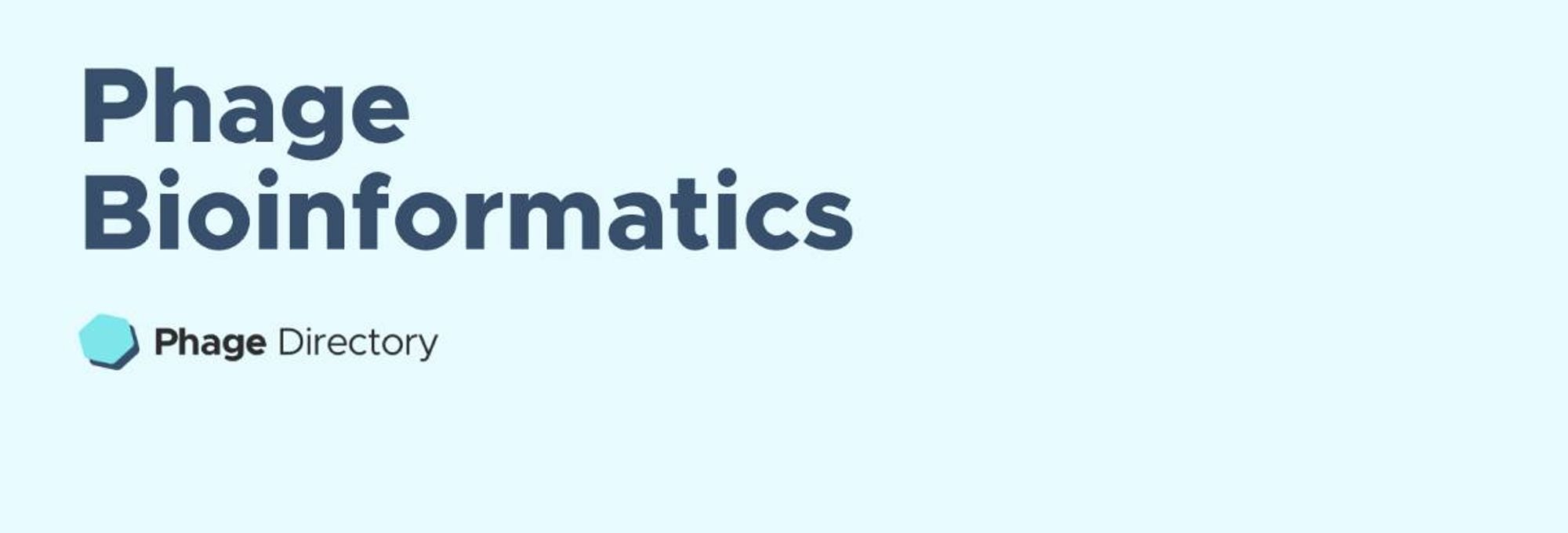
Phage Bioinformatics
Short nuggets, videos, and slides of bioinformatics. Please help us contribute by writing to jan@phage.directory and asking for direct Notion edit access!
Phage Bioinformatics

Short nuggets, videos, and slides of bioinformatics. Please help us contribute by writing to jan@phage.directory and asking for direct Notion edit access!